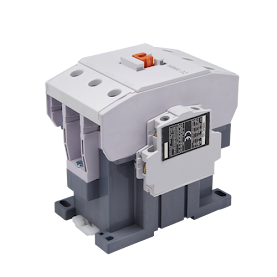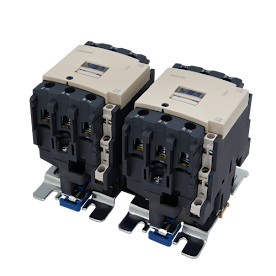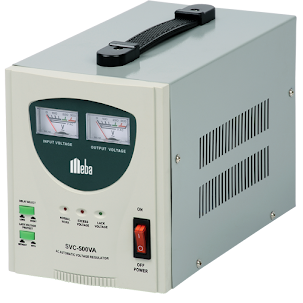An electrical device called a contactor, such as a magnetic contactor, is frequently used to turn circuits on and off. As a
result, electrical contactors are an electromagnetic switch's relay sub type.
In a variety of circumstances when it is necessary to frequently switch power to a circuit, an electrical contactor is employed. They are created and manufactured to carry out this function across a huge number of cycles, just like relay switches.
More often than relays, contactors are used in
applications requiring more power. This is due to their capacity to turn, or
"power cycle," a circuit with much larger voltages and currents on
and off using low voltages and currents.
A contactor is often utilized when power loads need to
be switched on and off quickly or frequently. They may, however, also be set up
so that power is either turned on or off to a circuit when it is engaged.
The two traditional uses for magnetic
contactors are as electric motor starters (such as those used
in electric cars that require auxiliary contacts and connections) and in
high-powered lighting control systems.
A contactor will often offer several additional safety
features when it is used as a magnetic starter for an electric motor, including
power-cutoff, short circuit protection, overload protection, and under-voltage
protection.
To reduce total power usage, latching configurations of
contactors are frequently employed to regulate high-power lighting systems. In
this configuration, two electromagnetic coils cooperate. When temporarily
charged, one coil will close the circuit connections and maintain them
magnetically closed. When activated, the second coil will reopen them.
Large-scale office, commercial, and industrial lighting
automation is a popular use for this kind of arrangement. The operation is
similar to that of a latching relay, however, the latter is more frequently
utilized in circuits with smaller and lighter loads.
Electric contactors are often bigger and more durable
than normal relay-switching devices since they are designed particularly for
these kinds of high-voltage applications.
However, the majority of the electric contactor is still made to be quickly mounted and portable, and they are typically seen as being excellent choices for usage in the field.
Follow us on Facebook







